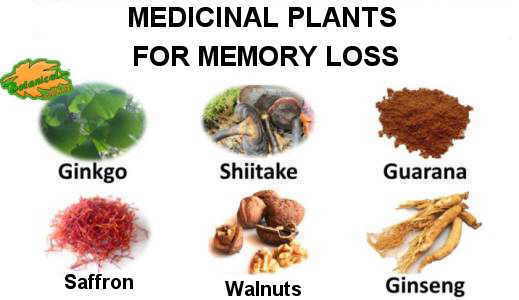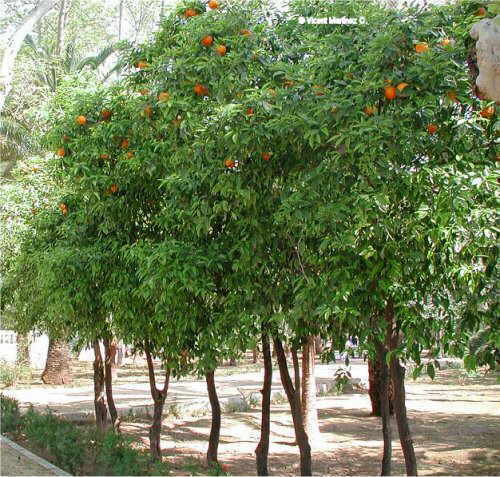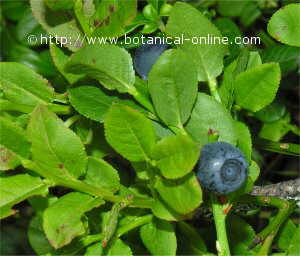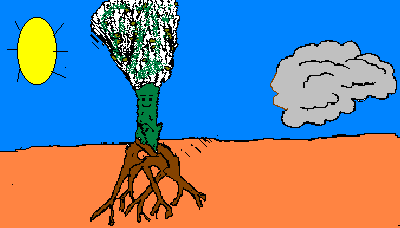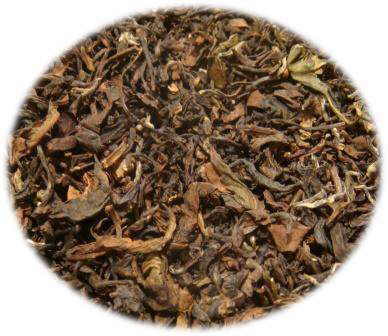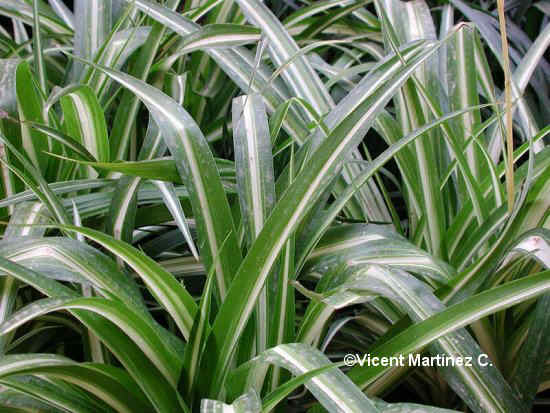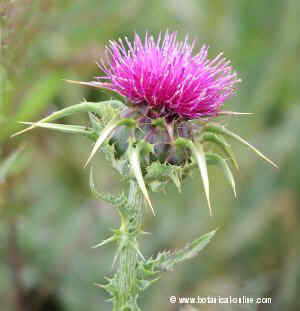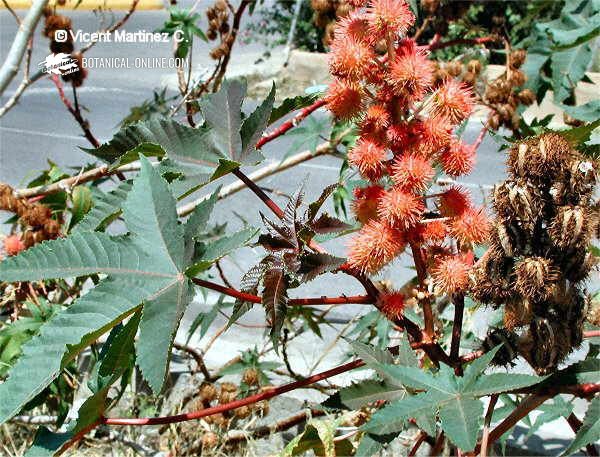Contents
What is an artichoke?
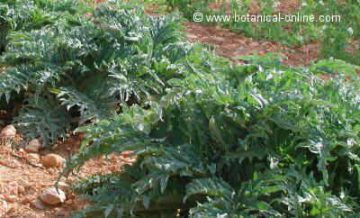
Characteristics of artichokes
Artichoke (Cynara scolymus) is a plant that belongs to the Daisy family (Compositae =Asteraceae), such as other plants as well known in gardening as daisies (Bellis perennis) or other highly valued foods such as chicory or lettuce (Lactuca sativa).
Artichoke is a perennial plant up to 2 m.
Pinnately-lobed leaves over 60 cm. long, with lobes without spines and tomentose below. Chapters very showy till 15 cm, with blue flowers and ovate bracts. Artichokes are actually flower buds, that’s to say half-formed flowers which are eaten when they are tender.
Artichokes are the fruits of the artichoke.
Types of “artichokes”
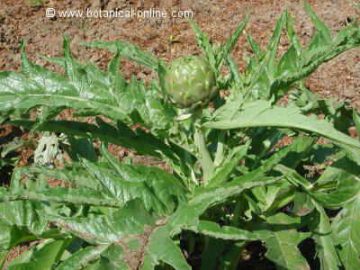
Within the genus Cynara there are two very similar species that are used as food:
- Artichoke (Cynara scolymus)
- Thistle (Cynara Carduncellus) Thistles tender leaves and stems are edible but they also have a fruit like small artichokes located at the end of the rod growing from its central rosette of gray-green leaves.
Origin of artichokes
The current artichoke is a plant that comes from the wild artichoke, native from East Africa. Then it spread its culture throughout all of western Mediterranean countries. The selection procedure produced new specimens that were more productive, better tasting (Wild species were very bitter) and had better food properties.
Artichoke in Europe and the world
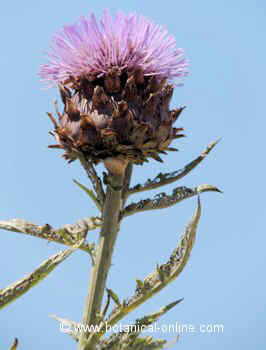
From East Africa cultivation was extended to the eastern Mediterranean and then to all parts of the world with suitable climate and soil.
Many scientists still argue about the real origin of artichoke and if it is a different plant from the thistle. The most likely hypothesis is that wild cardoon (C. cardunculus L.) was the original plant. It can still be found abundantly nowadays.
This discussion comes from the ancient Greeks, to the fact that the two cultivated varieties derive from wild thistle to the point that all species can interbreed forming fertile specimens.
From this wild species, by means of selection and breeding, both cultivates species, artichoke (Cynara scolymus L.) and cardoon (Cynara Carduncellus) would have been produced. Therefore, the three representatives would be varieties of the same species.
Species of artichokes
Other species of artichoke growing on the Mediterranean are C. syriaca Boiss., C. baetica (Spreng.) Pau, C. cornigera Lindley, C. Cyrenaica Maire & Weiler, C. algarbiensis Cosson, and C. L humilis. In all them, the relationship and similarity to the wild thistle appears to be not so obvious.
Where do artichokes can grow?
The cultivation of the artichoke is very old. The first references must be sought in the drawings in Egyptian tombs. The Greeks and Romans ate it in abundance and always thought it was a plant that brought them great digestive and aphrodisiac properties. At that that time they only ate the plant stems. The first reference of eating the artichoke flower bud a as a vegetable is dated in 1400 in Italy.
The artichoke is grown in warm climate countries, without the presence of frost, in a nutrient-rich soil, under good moisture and appropriate drainage that avoids the appearance of fungi.
Artichoke-producing countries
The world’s largest producers are Italy and Spain, delivering over 70% of worldwide production. Other major producing countries in Europe are France and Greece. In North America we have to distinguish U.S. production that is centered in the state of California. In South America, major producing countries are Argentina, Mexico and Peru. In Africa, we have countries like Egypt, Algeria, Morocco and Tunisia. China is the largest producer in Asia.
Varieties of artichokes
Among the main varieties of artichoke we have the following:
– Tudela White
– Imperial Star
– Orlando
– Emerald
– Green Globe
– Talpiot
![]() More information on artichokes.
More information on artichokes.
Related information: Properties of the thistles

